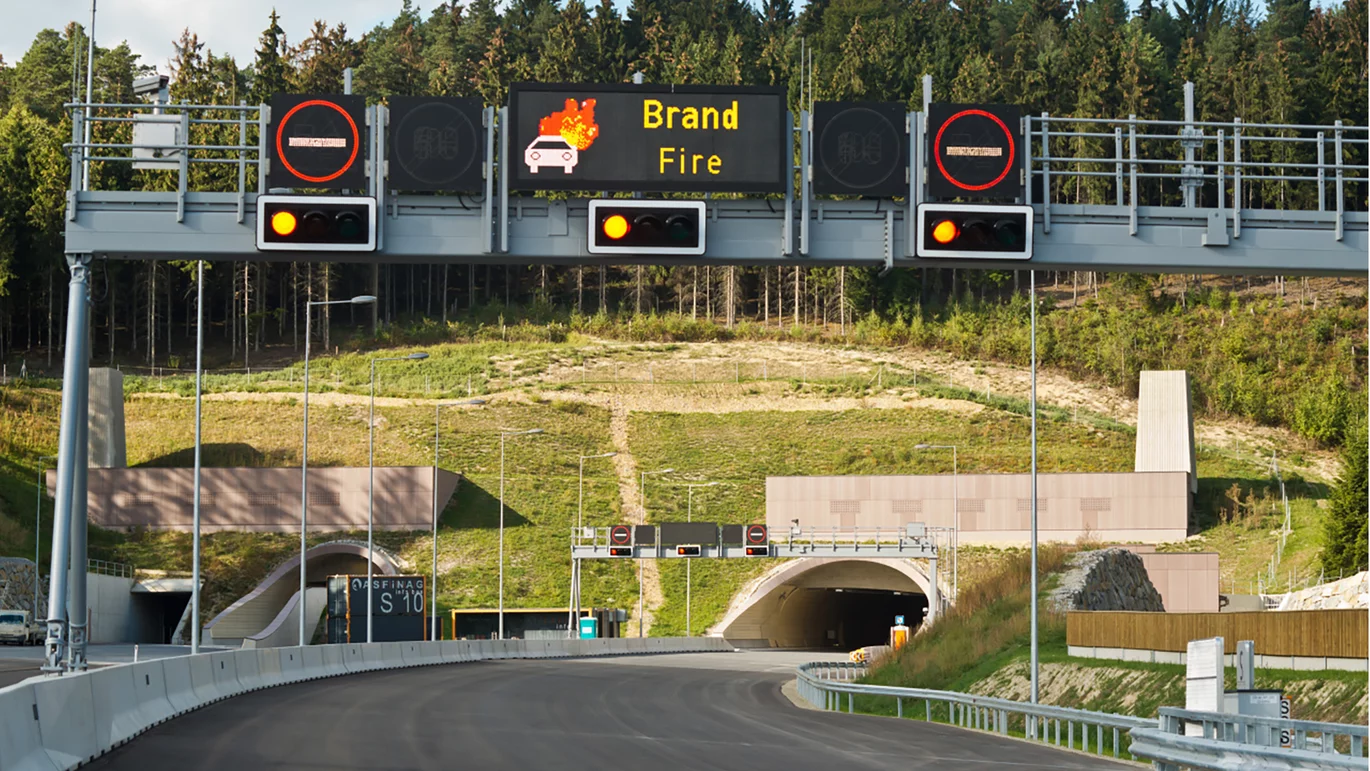Modern road tunnels support self-rescue with their safety installations. But people do not behave in an ideal way - especially not in dangerous situations. Even if a tunnel facility meets all safety standards, every person in the tunnel can be at risk during a fire - not just people for whom escape would be troublesome. Unfavourable behaviour is often simply human. It is something that firefighters should also expect. In our three-part series, we first look at the behaviour of tunnel users in the early phase of a fire in a road tunnel (note: the second part is about escaping a tunnel, and the third part is about the influence of group behaviour).
The focus is on the journey, not the tunnel
Motorists have a clear expectation when they enter a tunnel: They want to drive out again on the other side. They are on their way to an appointment. They want to do something or meet someone. They have a goal. That is where their focus is. Research shows: If there is a fire in the tunnel, this focus on the destination can cloud the perception and assessment of the dangerous situation. The urge to reach their destination also causes some motorists to neglect the safe distance to the next vehicle - for example, when a traffic jam occurs.
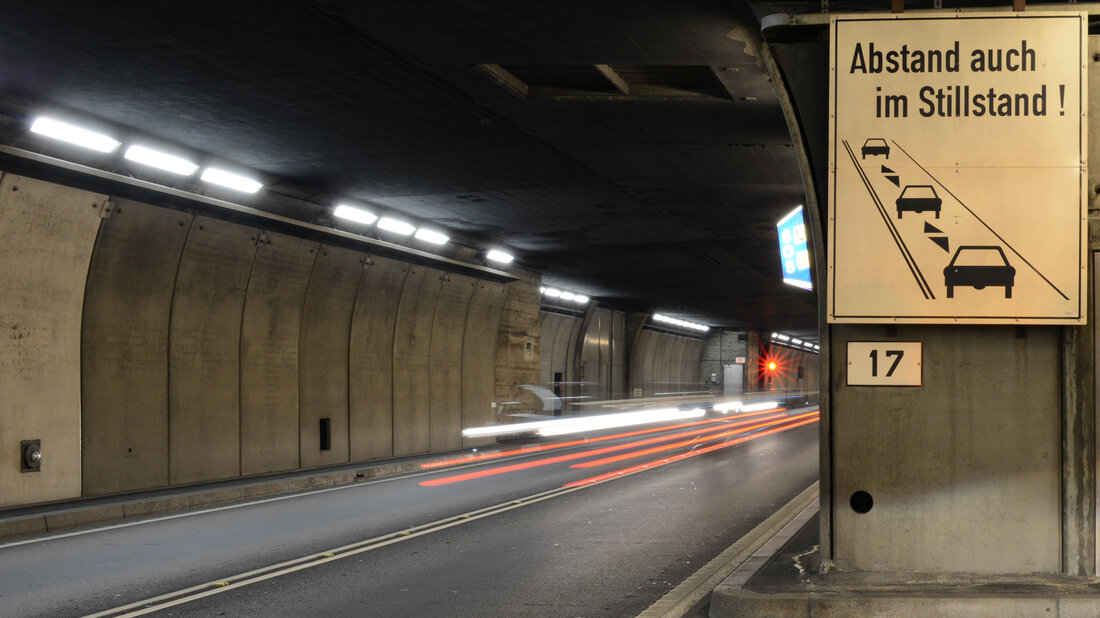
Entering the tunnel despite red traffic lights
The focus on the destination can even lead to warning signals being overlooked. In front of a tunnel, motorists are focused on the portal and the entrance to the tunnel. Information in the vicinity of the tunnel is not perceived or is perceived late and is only understood with a time delay. A continuous red light can also be misinterpreted as a technical fault. Therefore, red lights at tunnels are now often combined with additional notices that not only increase the visibility of the warning but can also explain its meaning.
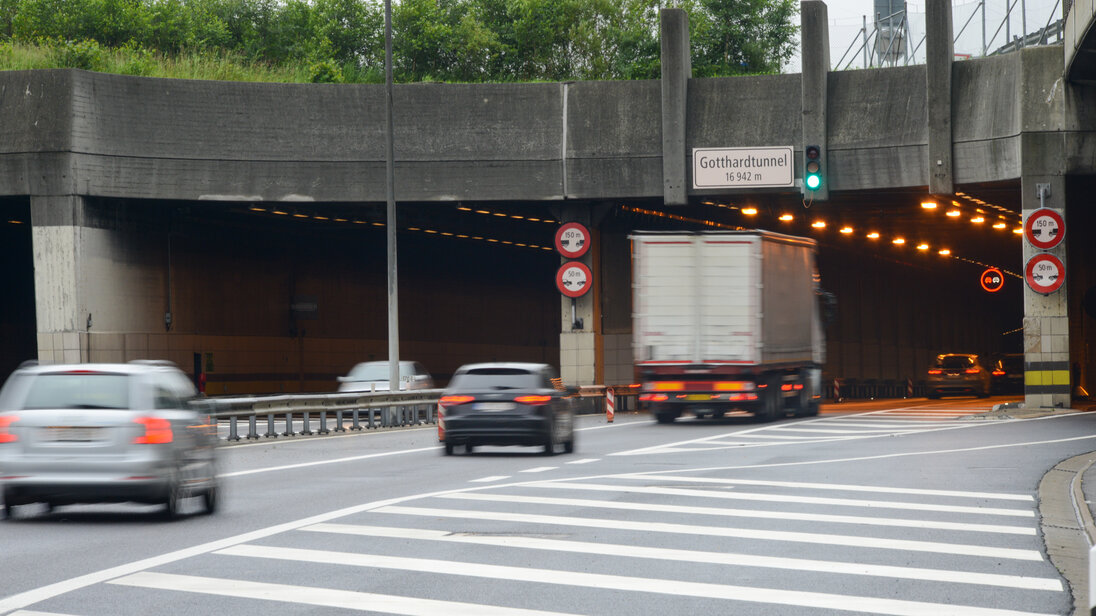
Humans need time to orientate themselves and decide
The early phase of a fire is usually characterised by uncertainty, misinterpretation and indecision among tunnel users. There is a lack of information. Eyewitnesses report that they had difficulty assessing the situation and determining appropriate behaviour. Evacuation tests showed that 5 to 15 minutes could pass before people even decide whether to act and what to do. The distance to the fire plays a significant role in the perception and evaluation of the situation: Many users only react when they see smoke or flames. If they finally recognise the danger, it results in severe stress, possibly leading to an inability to make decisions and take action.
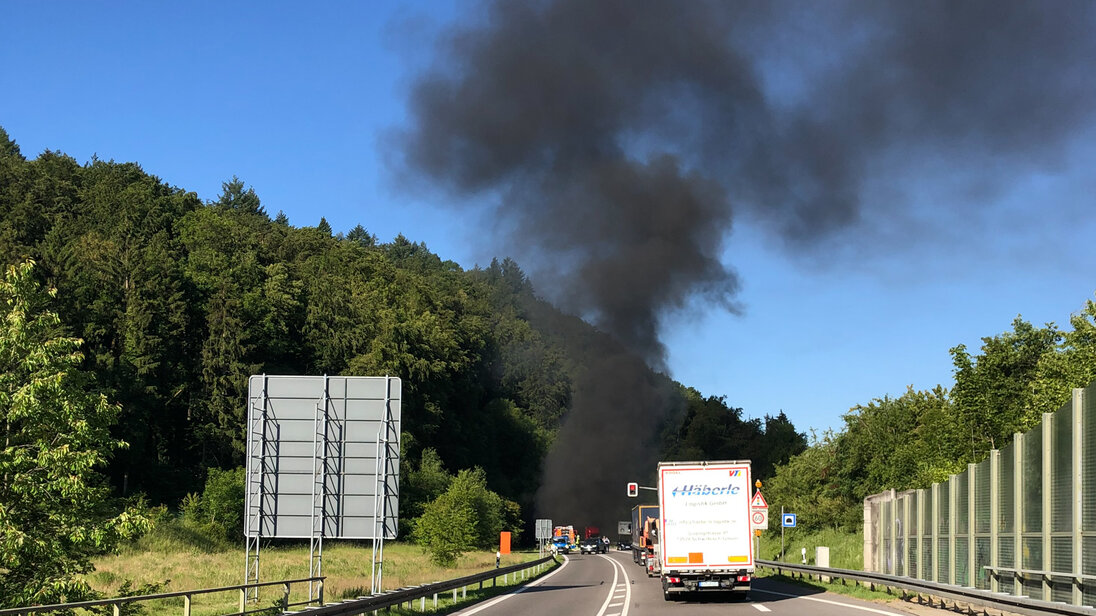
Initial warnings and announcements are often not understood
Ideally, users would immediately understand and follow warning announcements in the tunnel. However, acoustic warnings are not instantly perceived by all people within a tunnel, provided they can be heard at all due to the extremely loud tunnel ventilation. Perceiving initial alarm signals without understanding them can lead tunnel users to investigate the cause, seek information and orientate themselves towards other people in the tunnel or exchange information with them. Even understanding a warning is not enough: The danger must additionally be assessed as real before people follow a call to self-rescue.
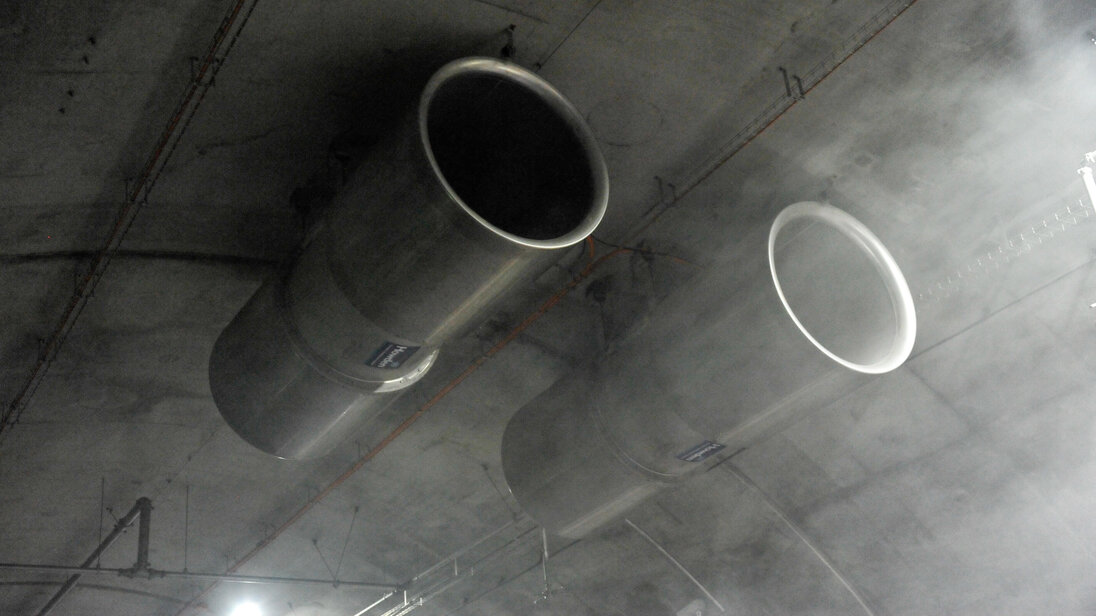
Fire services must prepare for self-rescue assistance
Immediately exiting the vehicle to reach an emergency exit as quickly and safely as possible is not the rule in the case of a fire in the tunnel. Therefore, fire services have to be prepared to support self-rescue or rescue people who could have saved themselves if they had escaped in time.


